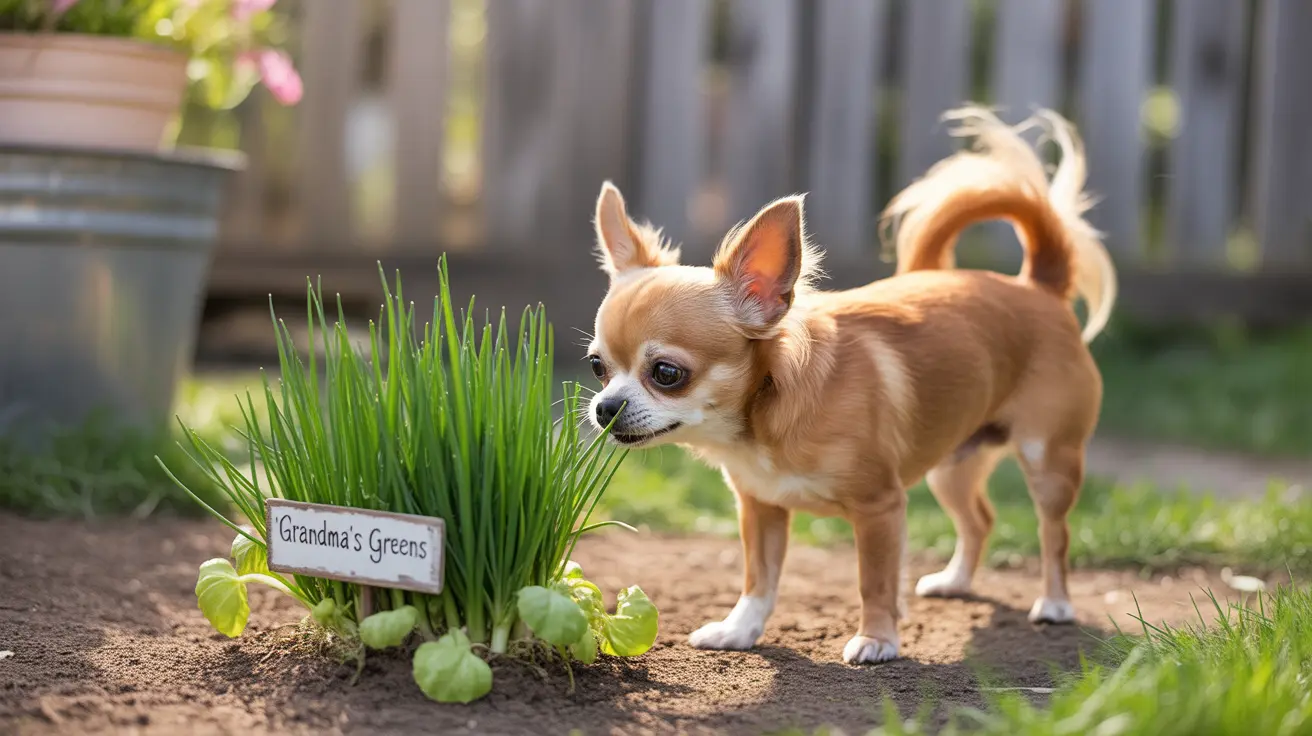If you're wondering whether dogs can have scallions, the answer is a clear and definitive no. Scallions, also known as green onions, are highly toxic to dogs and can cause severe health complications, including life-threatening anemia. As a member of the dangerous Allium family, which includes onions, garlic, and chives, scallions contain compounds that can be devastating to your dog's health.
Understanding the risks associated with scallions is crucial for every dog owner, as these common kitchen ingredients can find their way into many dishes and might be growing in your garden. Let's explore why scallions are dangerous for dogs and what you need to know to keep your pet safe.
Why Are Scallions Toxic to Dogs?
Scallions contain specific compounds called thiosulfates and organosulfur compounds that are particularly harmful to dogs. Unlike humans, dogs lack the necessary enzymes to process these substances safely. When consumed, these compounds trigger a destructive process in your dog's body:
- They attack and damage red blood cells
- This leads to hemolysis (destruction of red blood cells)
- The result is hemolytic anemia, a potentially fatal condition
Signs of Scallion Poisoning in Dogs
Recognizing the symptoms of scallion poisoning is critical for quick intervention. Initial signs may not appear immediately but can develop within 24-72 hours after ingestion:
Early Warning Signs:
- Vomiting and diarrhea
- Decreased appetite
- Lethargy
- Excessive drooling
- Abdominal pain
Severe Symptoms:
- Pale or yellowish gums
- Rapid breathing
- Weakness or collapse
- Dark-colored urine
- Elevated heart rate
How Much Scallion Is Dangerous?
Even small amounts of scallions can be harmful to dogs. As little as 0.5% of a dog's body weight in scallions can cause toxic effects. For perspective, this means just 0.5 ounces of scallions could be dangerous for a 10-pound dog.
Emergency Response to Scallion Ingestion
If your dog consumes any amount of scallions, take immediate action:
- Contact your veterinarian or pet poison control immediately
- Note the amount and time of ingestion
- Watch for symptoms
- Follow professional medical guidance
- Don't induce vomiting unless directed by a veterinarian
Prevention and Safe Alternatives
To keep your dog safe from scallion toxicity:
- Store scallions and all Allium family vegetables in secure locations
- Keep dogs away from garden areas where scallions grow
- Check ingredient labels on prepared foods
- Choose safe vegetable alternatives like carrots or green beans
- Inform family members and guests about the dangers
Frequently Asked Questions
Are scallions (green onions) safe for dogs to eat?
No, scallions are never safe for dogs to eat. They contain toxic compounds that can cause severe illness or death.
What symptoms should I watch for if my dog accidentally eats scallions?
Watch for vomiting, diarrhea, lethargy, pale gums, weakness, and dark urine. These symptoms may take 1-3 days to appear.
How much scallion ingestion can cause toxicity in dogs?
As little as 0.5% of a dog's body weight in scallions can cause toxic effects. Even small amounts should be considered dangerous.
What should I do if my dog has eaten scallions or other Allium vegetables?
Contact your veterinarian immediately. Don't wait for symptoms to appear, as early intervention is crucial for the best outcome.
Are cooked scallions or onion powders less toxic to dogs than raw ones?
No, scallions are toxic to dogs in all forms - raw, cooked, dried, or powdered. There is no safe preparation method.
Remember, when it comes to scallions and dogs, it's always better to be safe than sorry. Keep these harmful vegetables away from your pets and opt for dog-safe alternatives instead. If you suspect your dog has consumed any amount of scallions, don't hesitate to seek immediate veterinary care.






